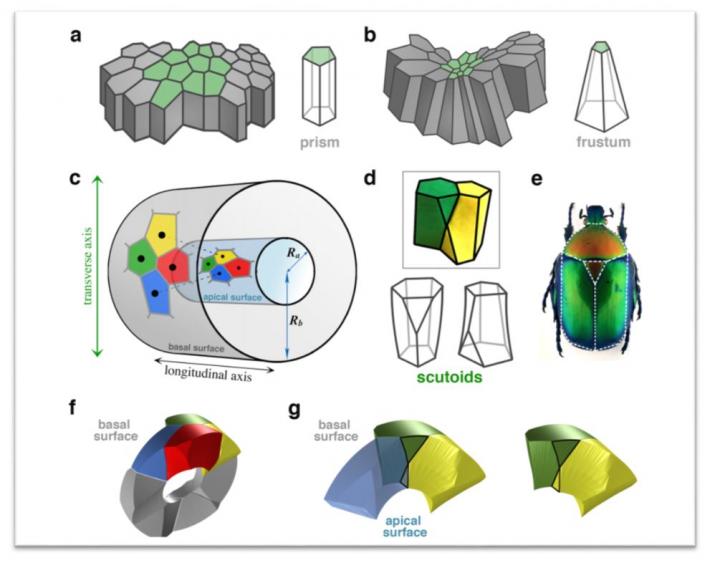
a) Scheme representing planar columnar/cubic monolayer epithelia. Cells are simplified as prisms. b) Scheme illustrating a fold in a columnar/cubic monolayer epithelium. Cells adopt the called "bottle 23 shape" that would be simplified as frusta. c) Mathematical model for an epithelial tube. d) Modelling clay figures illustrating two scutoids participating in a transition and two schemes for scutoids solids. Scutoids are characterized by having at least a vertex in a different plane to the two bases and present curved surfaces. e) A dorsal view of a Protaetia speciose beetle of the Cetoniidae family. The white lines highlight the resemblance of its scutum, scutellum and wings with the shape of the scutoids. Illustration from Dr. Nicolas Gompel, with permission. f) Three-dimensional reconstruction of the cells forming a tube. The four-cell motif (green, yellow, blue and red cells) shows an apico-basal cell intercalation. g) Detail of the apico-basal transition, showing how the blue and yellow cells contact in the apical part, but not in the basal part. The figure also shows that scutoids present concave surfaces.
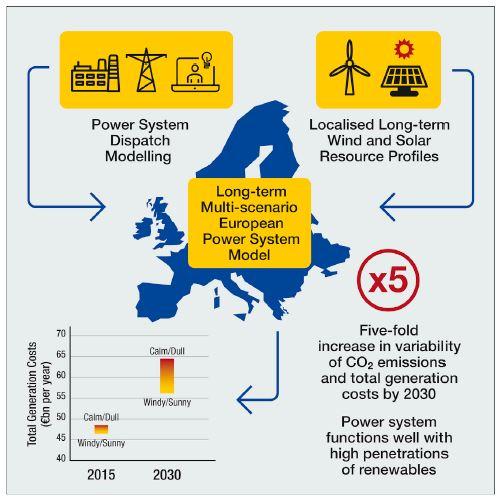
This graphical abstract shows the impact of long-term weather variability on the operation of the European power system and how this scales with uptake of wind and solar power out to 2030. We find that ambitious decarbonization leads to much greater influence of long-term weather patterns, with a 5-fold increase in operational variability by 2030. Several relevant metrics can be reasonably approximated by linear functions of variable renewable penetration, providing a shortcut for estimating the impacts of intermittency.
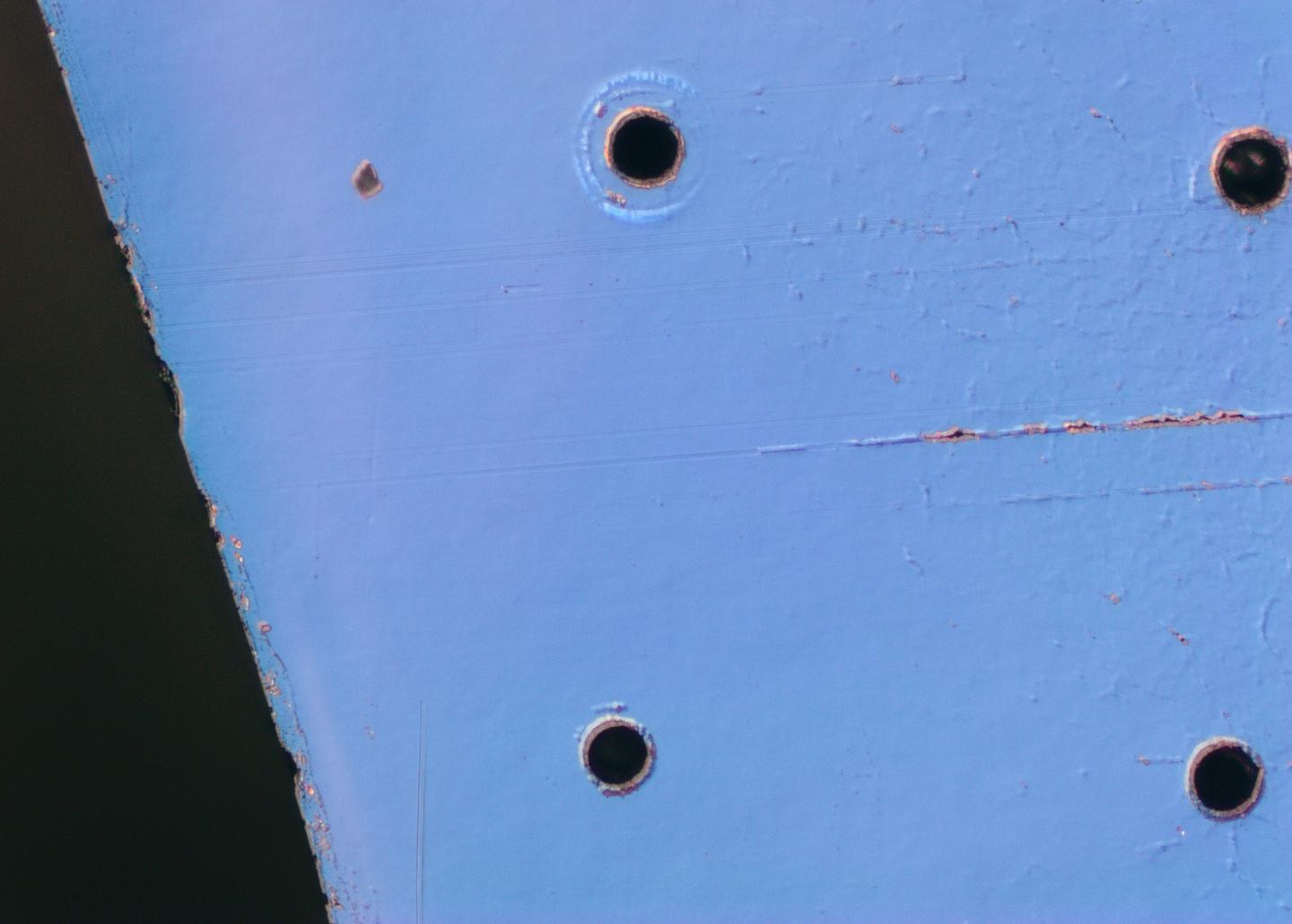
Modern communication systems often employ optical fibers to carry signals across or between devices, combining more than one function into a single circuit. However, signal transmission requires long optical fibers, which makes miniaturizing the device difficult. Instead of long optical fibers, scientists have started testing planar waveguides. In the Journal of Applied Physics, investigators report on a laser-assisted study of a type of glass that shows promise as a material for broadband planar waveguide amplifiers. This is a microscopy image of ultrafast laser ablation craters in tellurite-based glass
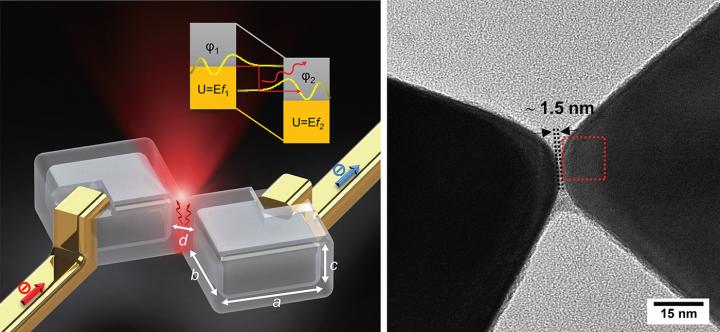
Left: schematics of the tunnel junction formed by two edge-to-edge silver single crystal cuboids with an insulating barrier of polyvinylpyrrolidone (PVP). The top inset shows that photons are generated through inelastic electron tunneling. The device performance can be engineered by tuning the size of the cuboids (a, b, c), the gap size (d), and the curvature of silver cuboid edges. Right: TEM image of the tunnel junction, where the gap is around 1.5 nm.
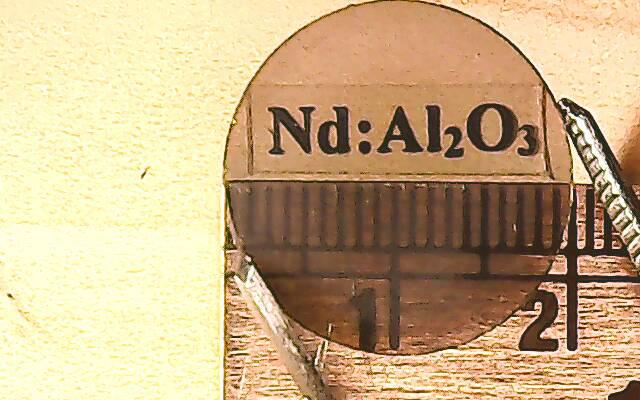
By doping alumina crystals with neodymium ions, engineers at the University of California San Diego have developed a new laser material that is capable of emitting ultra-short, high-power pulses -- a combination that could potentially yield smaller, more powerful lasers with superior thermal shock resistance, broad tunability and high-duty cycles.
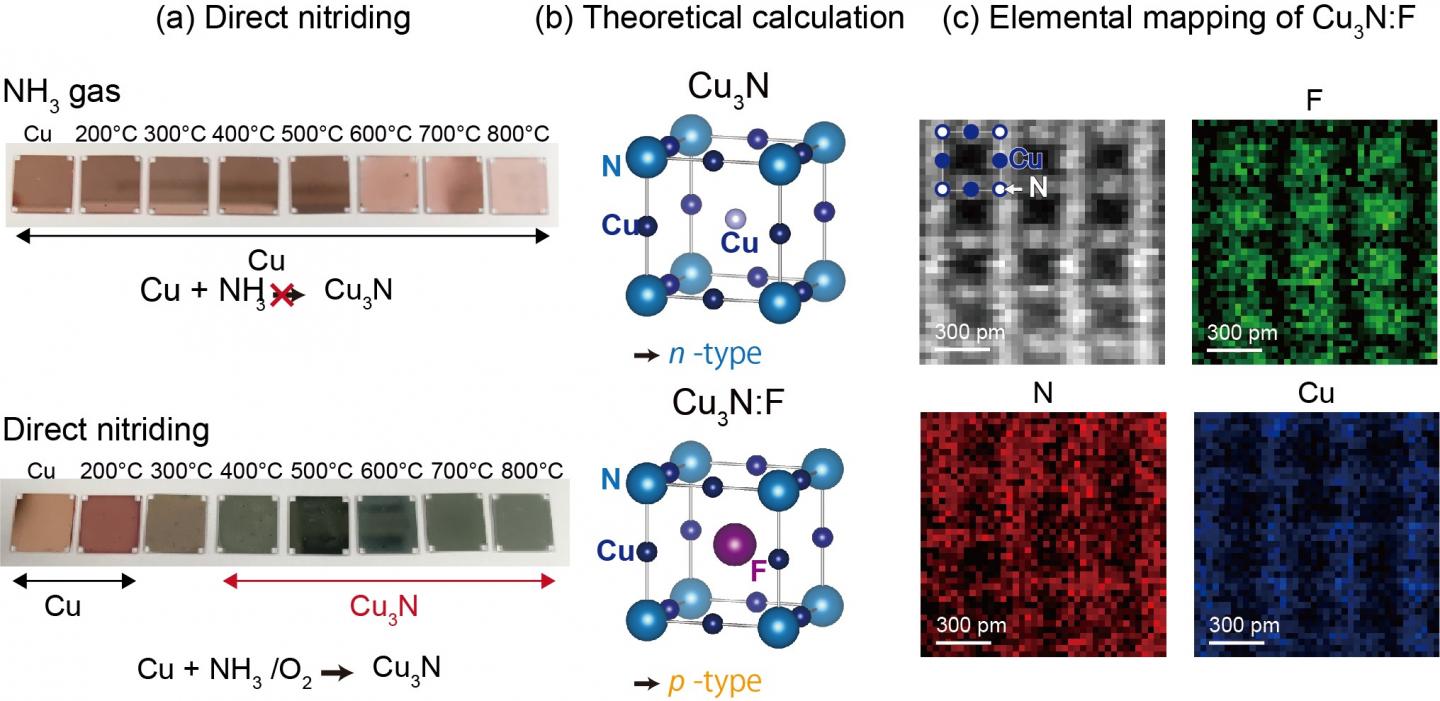
(a) This is a copper and Copper Nitride. (b) Theoretical Calculation for P-type and N-type Copper Nitride. (c) Direct Observation of Fluorine Position in Fluorine-doped Copper Nitride. (a) An image of thin film copper plates before and after reacting with ammonia and oxygen. Copper metal has been transformed to copper nitride. (b) Copper insertion for an n-type semiconductor and fluorine insertion for a p-type semiconductor. (c) Nitrogen plotted in red, fluorine in green, and copper in blue. Fluorine is located at the open space of the crystal as predicted by the theoretical calculation.